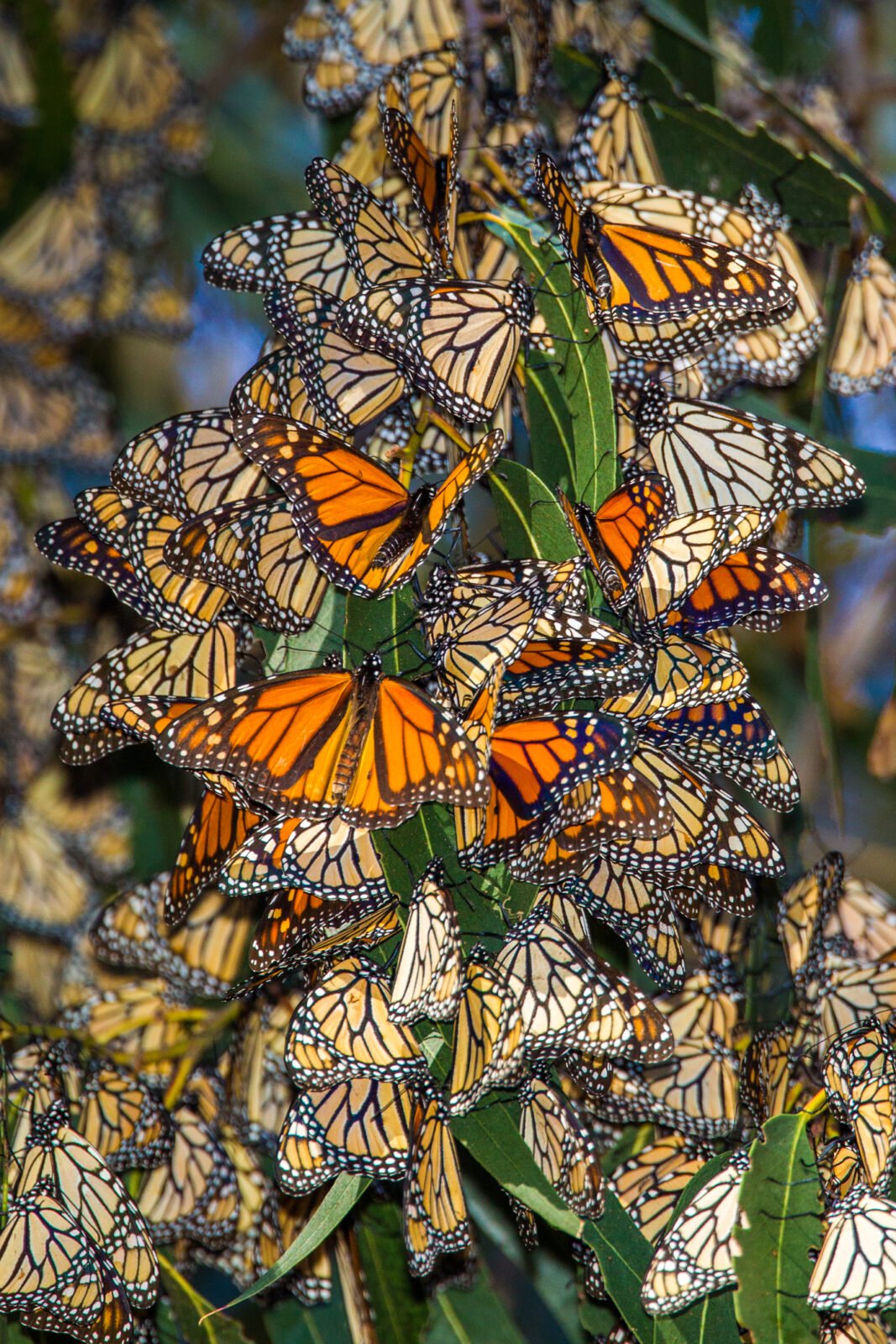
Native News Recap: 2022
Here’s a native news recap looking back at some of the biggest native plant news stories of the...

Native to most of eastern North America, Highbush Blueberry, Vaccinium corymbosum, is a native plant that fits into both small and larger landscapes, providing multi-season interest. Hardy in USDA zones 5, 6, and 7, these attractive shrubs do well in sun or part shade in wet to medium moisture soils. Mostly found in the wild in low lying areas and bog like conditions, the Highbush Blueberry will also thrive in drier conditions when given acidic
soil with a peat-like organic mulch, like peat moss or pine needles. My half dozen Blueberries are planted under the high shade of large trees, and I amended the soil with plenty of moistened peat moss. Planting the shrubs about five feet apart gives them enough growing space. If you plant them in the landscape as a shrub accent in a flower bed, you can group them a little closer for a bigger impact. I find that deer leave the shrubs alone but will browse on the ripe berries, as well as birds. Bird netting set up over a framework of PVC pipe keeps the berries going into your pies



instead of feeding the wildlife. Planting as early in the spring as possible is best, though I have been quite successful planting them later in the spring and into the summer. Resistant to most pest and diseases, I have been growing my blueberries for over 25 years with bushes that keep on producing plump juicy berries. Recently I noticed that the yields were declining on my older bushes, and I picked up some new 2 to 3-year-old bushes that will take a few more years to get to a good producing size. Offering scarlet fall foliage and pale-yellow bell-shaped spring flowers, my honey bees flock to gather nectar and pollen from them and is one of the reasons I grow them. But the succulent berries that I gather makes this my favorite berry shrub.
Steps for Planting



Container Growing People are quite successful growing blueberries in large containers. Use the same soil mix as above and use a large enough container that the plant can grow larger, but that you can also move around if needed. Overwinter the container by wrapping burlap or straw around the plant and placing in a protected location from winds. Pruning When your bushes get older, at least 4-5 years old, it is time to start pruning to keep them producing well. The berries are produced on newer canes. Remove older and diseased canes as well as crossing branches with a sharp pruner. Then trim the rest of the longer arching branches back by about 1/3. The goal when pruning is to achieve a narrow base and open top that allows sunlight to penetrate and good air circulation. The best time to do this is late winter while the bushes are dormant, and it is easy to see the structure. You should continue to do this every year to ensure plentiful harvests every year. For a great description and diagram, go to Ohio State Extension Service. Harvesting Blueberries are one of the easiest plants to harvest. The berries are held upright on small shrubs so are easy to reach with little bending over, unlike strawberries and raspberries. It is important to wait until the berry ripens completely with a rich blue color all around as the berries will not ripen any further after you pick them. The berry will reach its full flavor and aroma a few days after the blue color appears. Hanging an old cut off gallon milk jug around my neck, which frees both hands to pick, is the most efficient way for me. The berries ripen over several weeks, so my harvest is spread out and I enjoy them on cereal and pancakes for about a month in late June and early July. My excess berries are washed, spread out to dry, and packed into freezer baggies for future use. Click here to order your highbush blueberry and other edibles from Direct Native Plants today!
Claire is a horticulturalist and landscape design consultant. Owner of Claire Jones Landscapes, LLC, Claire’s designed gardens have been featured in print publications like WSJ and Style Magazine. A garden writer at The Garden Diaries, Claire maintains 3 honeybee hives and gardens at her home in Maryland.

Here’s a native news recap looking back at some of the biggest native plant news stories of the...
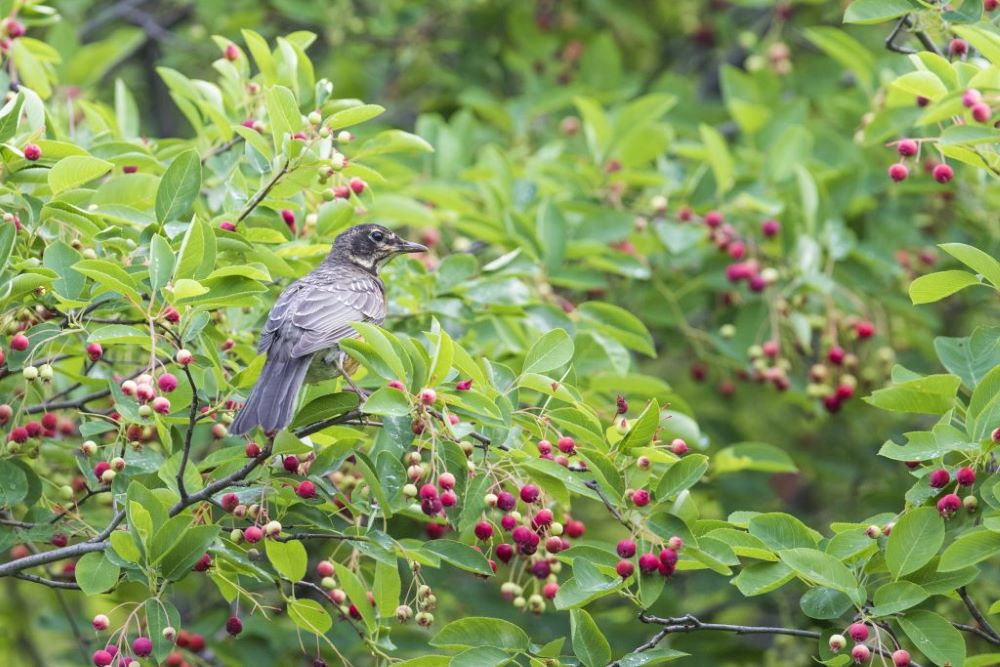
In the past we have emphasized the importance of keystone species in supporting bird populations,...
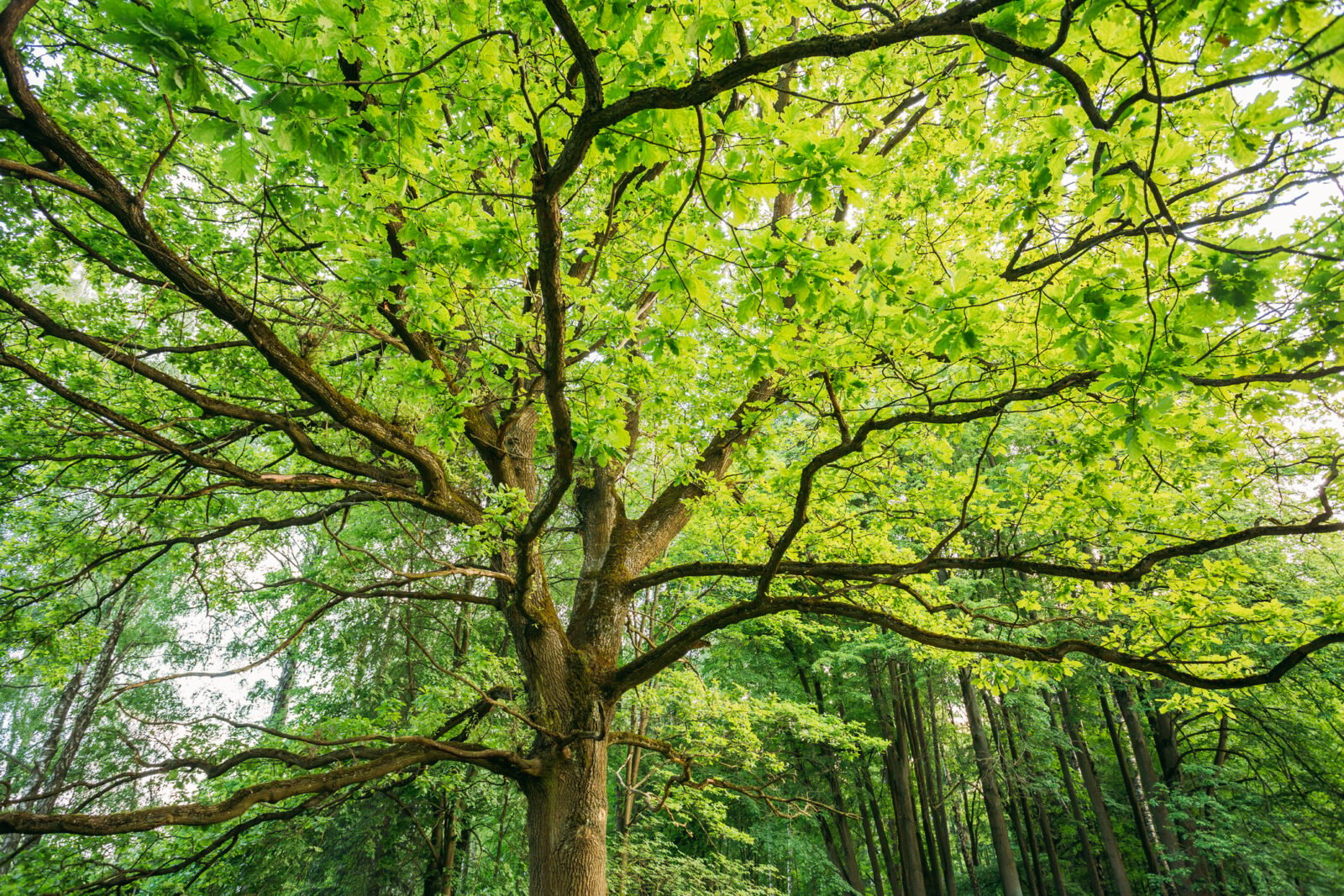
Perennials are the stars of most gardens, and no wonder! They provide a variety of shapes and col...
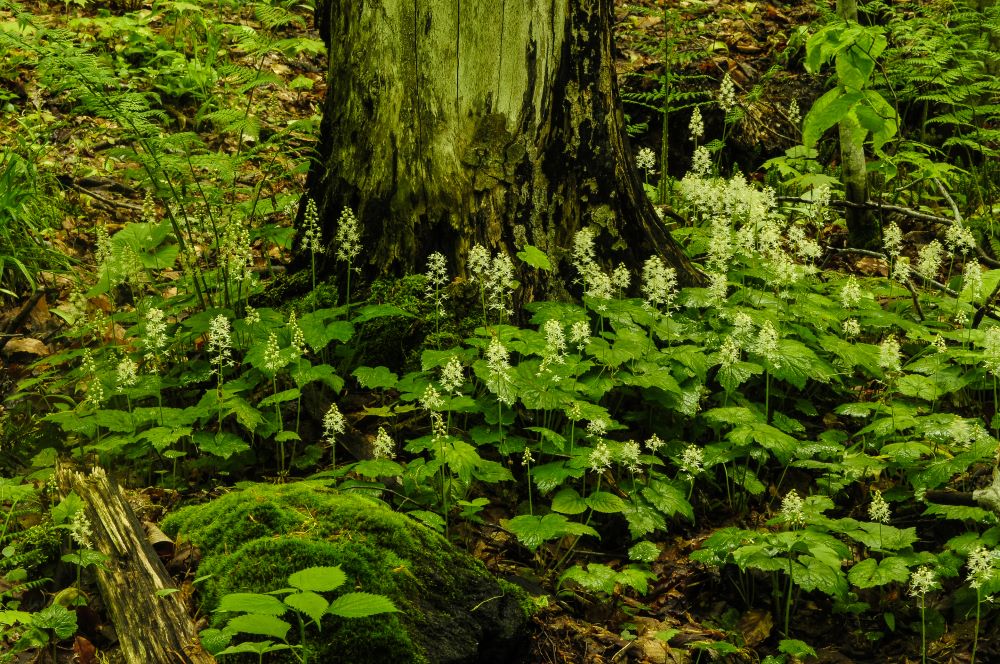
These native ground covers for shade make a perfect living mulch by holding in moisture, keeping ...

Gardening is ‘In’! Over the past two years gardening has suddenly become very popular with pe...
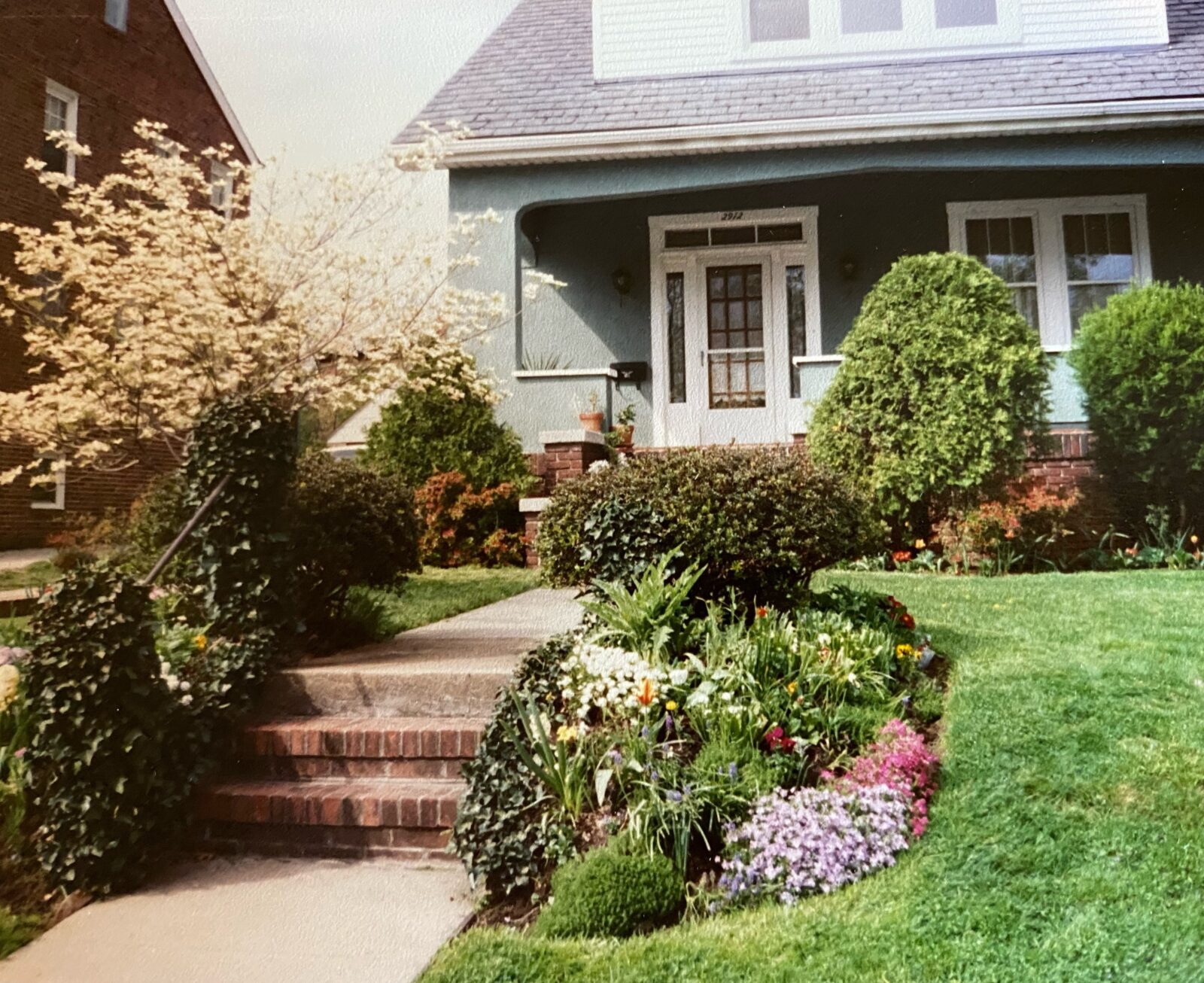
Mothers give us so much, but sometimes it takes a while for us to appreciate the gifts that we ca...
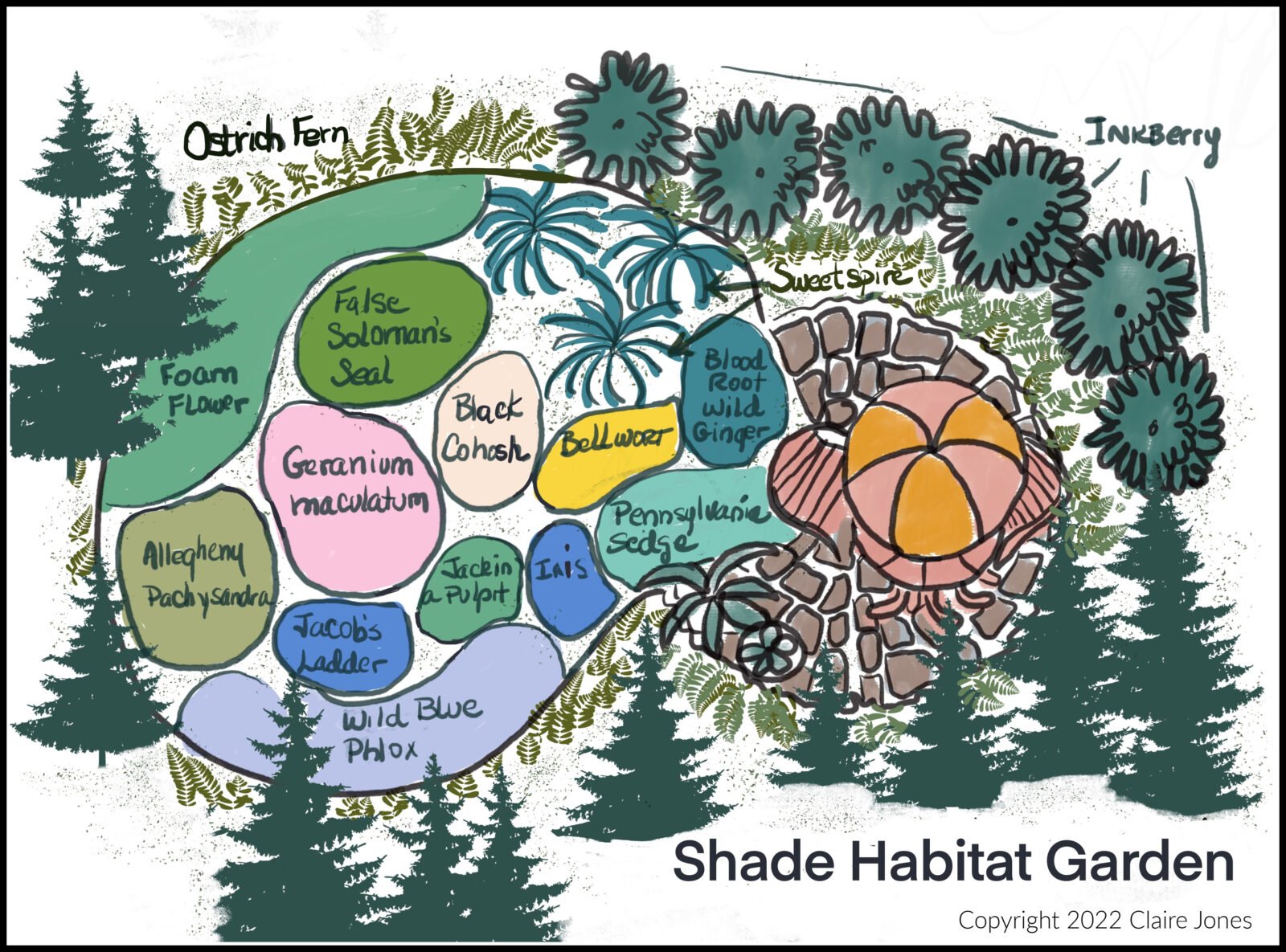
This is the second part of my Habitat Heroes Design series. The first part was a sunny garden of ...
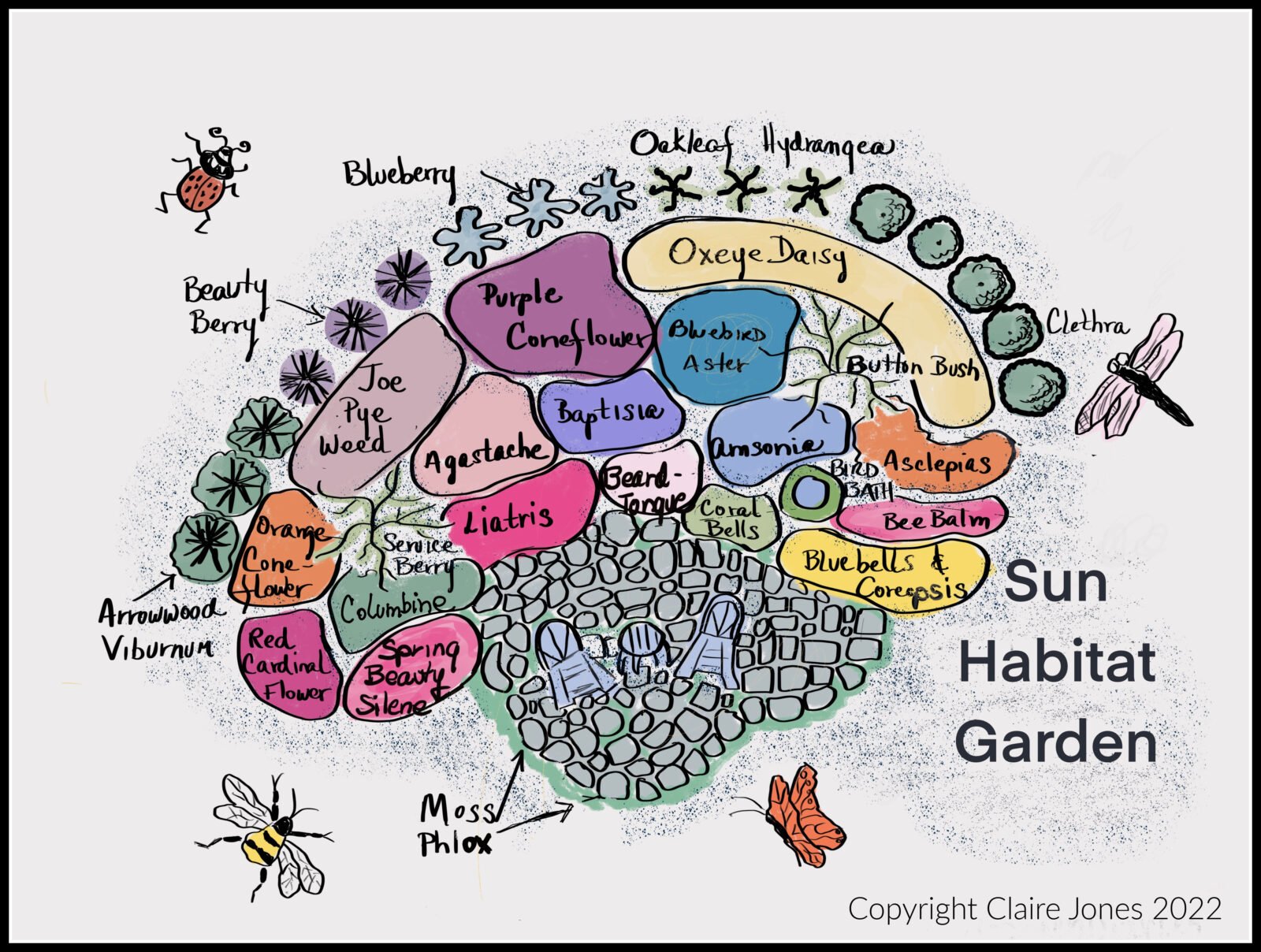
This blog post will cover how to design and install a Sunny “Habitat Hero Garden” with native...
Now Shipping for Spring 2024!